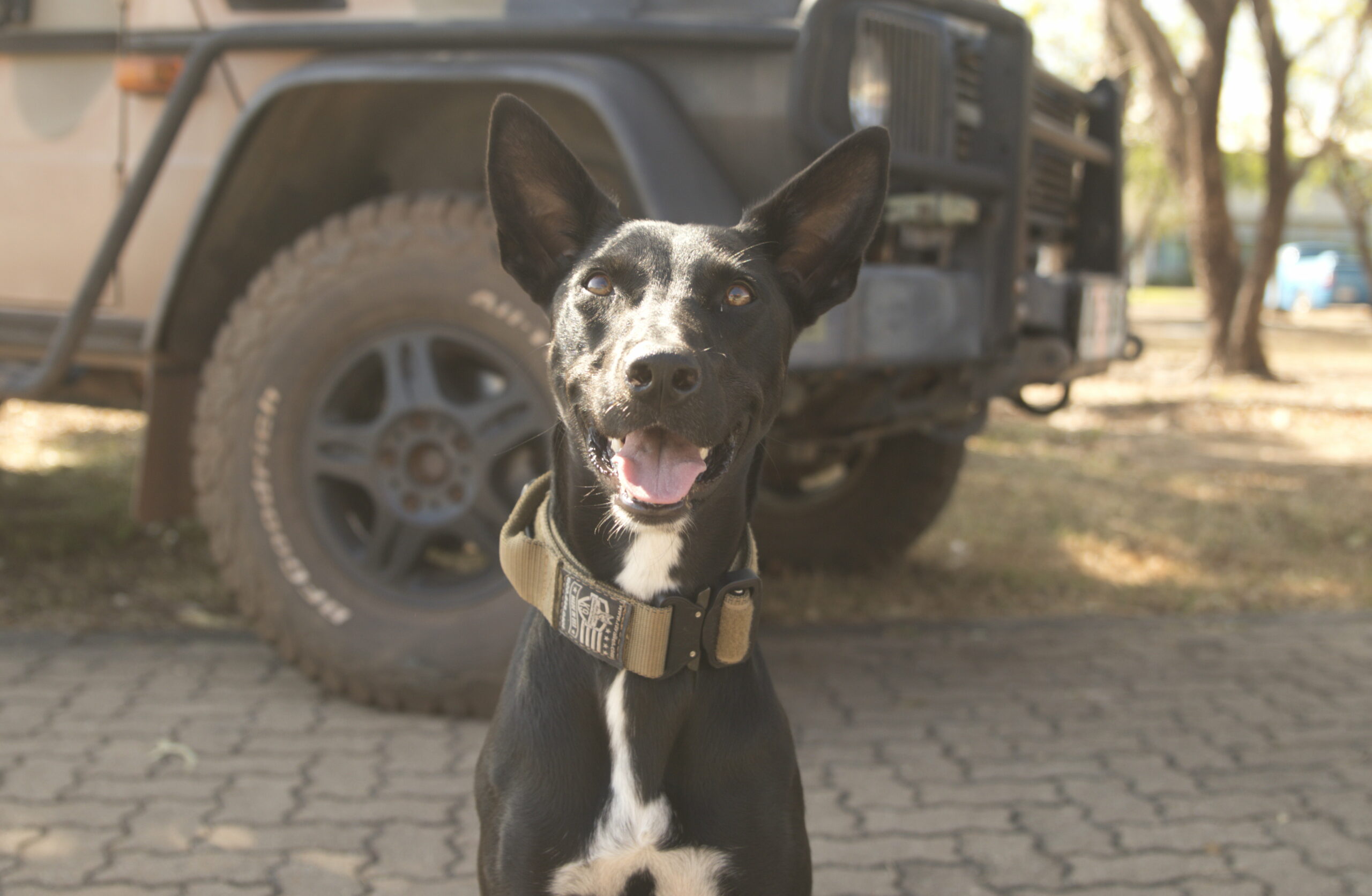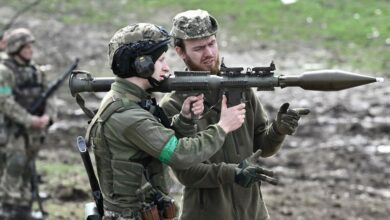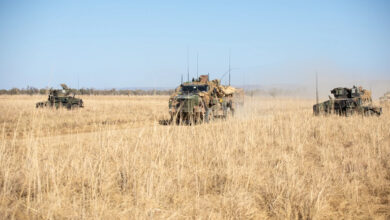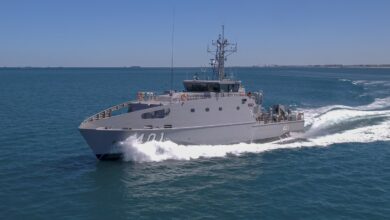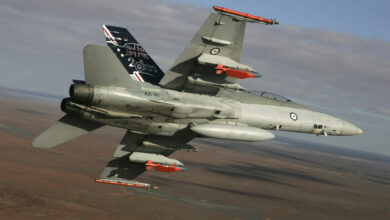Australian Army Trains Combat Casualty Care for Service Dogs
The Australian Army has conducted training in Darwin to enhance critical casualty care for in-service canines during combat.
The exercise was held to upskill both handlers and medical personnel in rapid and effective intervention to save the lives of dogs inflicted with injuries on the battlefield.
It was led by Sydney School of Military Engineering Capt. Alexandra Blecich, the army’s only full-time veterinary expert.
Explosive detection dog handlers from the 1st Combat Engineer Regiment and medics from the 1st Health Battalion participated in the activity.

Lessons involved first aid application, gunshot wound treatment, compound fracture management, and critical care in high-stress scenarios.
Participants also demonstrated fracture stabilization, bleeding control, tourniquet applications, and other essential medical interventions.
“By incorporating realistic simulations with injuries such as gunshot wounds, compound fractures and amputations, we ensure our personnel are well prepared to handle any situation that they may face,” Blerich stated.
Explosive Detection Dog Supervisor Cpl. Luke Saxton added that the dogs “play an indispensable role in safeguarding our forces.”
“It is our responsibility to provide them with the best possible care, and realistic training scenarios that enable us to handle any medical emergencies we may encounter in the field reinforce that.”
Utilizing a Canine Medical Simulator
During the training, teams practiced various medical techniques on “Diesel,” the Australian Army’s lifelike advanced canine medical simulator.
Diesel was developed with the realistic physiology and anatomy of a service dog and features an accurate pulse, active breathing, and audio cues.
“By practising with highly realistic injuries and employing the latest medical techniques, we are better equipped to support our dogs and mitigate their injuries when it matters most,” Saxton said.

